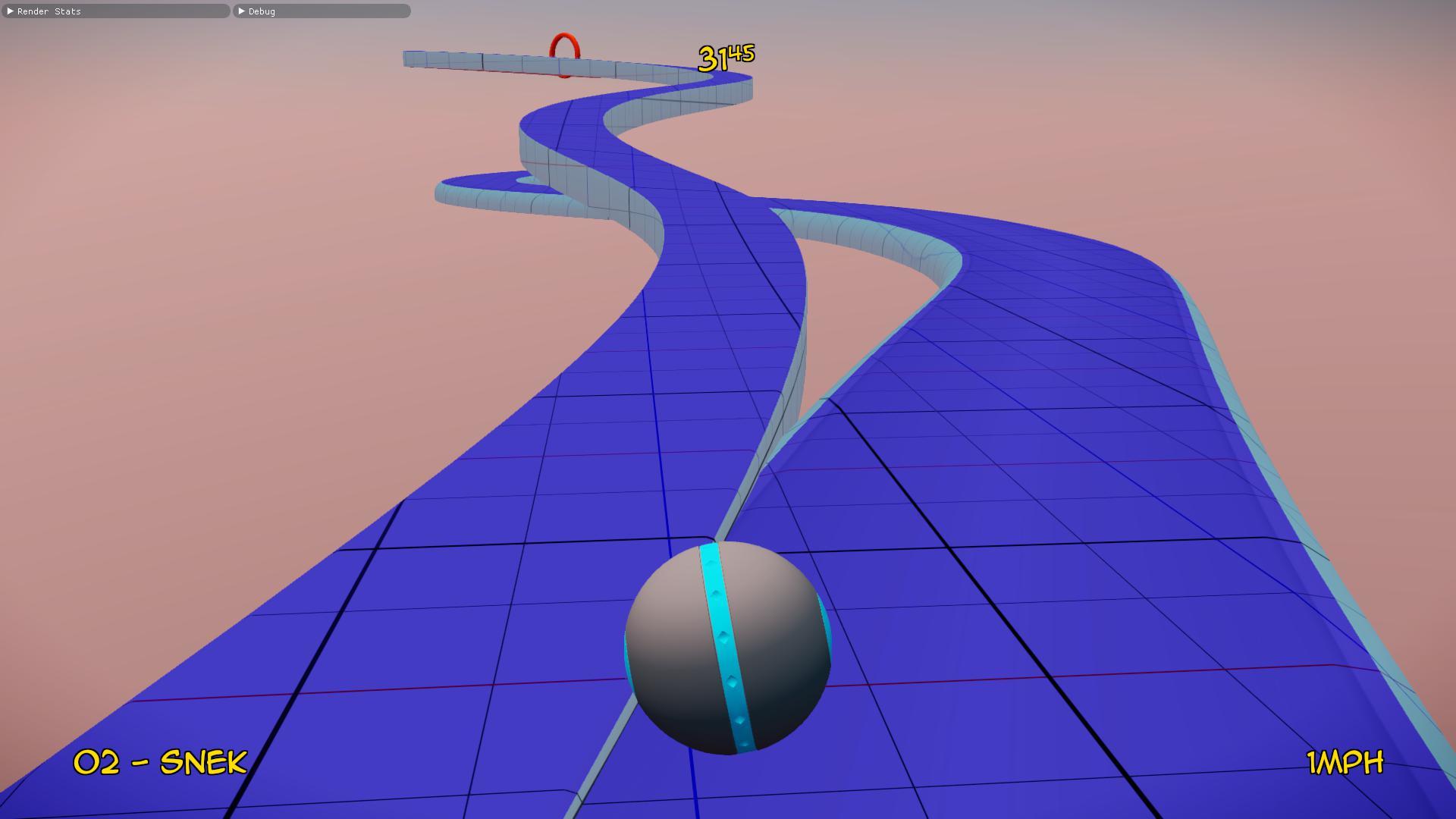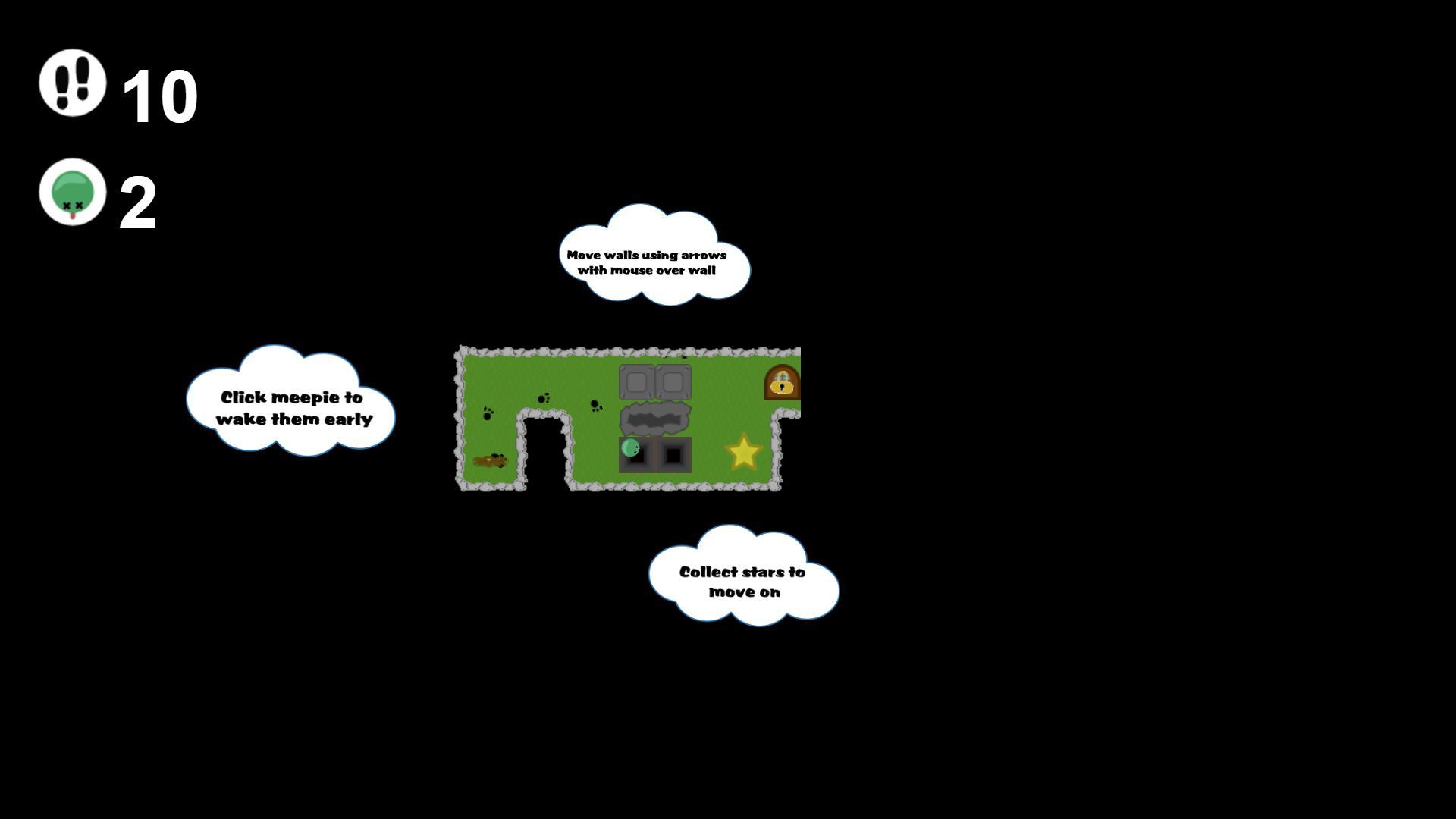Spinvival Mac OS
Every app on your Mac has a so-called window server. When an app receives more events than it can process, the window server automatically shows you the spinning ball. It usually takes about 4 seconds for the app to decide that it’s non-responsive. Why does the Mac spinning wheel of death appear? Well, the reasons are countless. The spinning wheel usually appears when an application freezes, or overloads your Mac's processing power. Checking your Mac's available storage space and RAM capacity can shed light on the.
Spinvival Mac Os Catalina
At a Glance
Expert’s Rating
Cons
- Lacks a levels control
- Expensive for its limited functionality
Our Verdict
A VR object — a QuickTime movie of a rotating object — can be a great way to spice up online catalogs and photo galleries. But creating these objects is usually a time-consuming process involving expensive VR rigs and lots of still photos. Autolycus’s SpinImage DV Pro automates this process, letting Web designers and multimedia developers use any DV camera and motorized turntable to generate single-axis VR-object movies; Web-site visitors can then click on and spin those objects to their hearts’ content.
Object Creation
SpinImage’s strength is its simplicity. You use your DV camera to shoot full-motion video of your object while it’s rotating, and the program pulls only the frames it needs from that video stream. To create our movie, we attached a DV camera to our Mac with a FireWire cable. SpinImage displayed a live image from the camera, which allowed us to adjust framing and composition in real time. (The program can also work with prerecorded movies.) We used a turntable from Autolycus capable of supporting as much as 350 pounds, so we were able to spin a variety of objects, including people.
Once the program has captured one full revolution of your object, it displays a continuous loop of your movie in a special editing window. This window provides easy-to-use manual controls for trimming extra frames and for cropping.
Buttons at the top of the editing window let you preview or export your movie. From the Preview mode, you can view your movie a frame at a time and set compression settings for each frame, to optimize the size-quality balance of your final file.
Getting the Results You Want
Besides cropping and frame trimming, SpinImage provides no tools for correcting or editing your images. For the most part, this is not a problem. As the manual wisely advises, good object movies are the result of good lighting and shooting. Trying to make seamless, uniform edits to each frame of an object movie can be very difficult, so it’s much better to spend time properly lighting and exposing your image. But we’d still like to see, at least, a levels control that allowed for some simple white and black point corrections; this would go a long way toward easing the lighting chores.
Object Output
SpinImage can export a standard 320-by-240-pixel or 640-by-480-pixel QuickTime VR movie, as well as an HTML file that provides the code you need to place your movie on a Web page. It can also output a proprietary SpinImage-format movie, which doesn’t require a special plug-in for viewing.
SpinImage provides a number of output options for its HTML files. For example, objects can be made to spin either automatically or when the user mouses over them. SpinImage even includes special options and instructions for constructing movies that are ready to place on popular auction sites such as eBay. (Autolycus also offers the $250, entry-level SpinImage DV version, which provides fewer output options and lower output resolution.)
Macworld’s Buying Advice
SpinImage DV Pro is definitely the fastest, easiest way to create a single-axis VR-object movie, but for $1,000, we’d expect more and better editing controls. If you need to knock out VR-object movies quickly, though, it’s hard to imagine a simpler solution.
Nmap has supported Mac OS X since 2001, and our support has only improved over time. While Mac users can compile Nmap themselves, we also offer an executable installer. Nmap makes use of Jhbuild and gtk-mac-bundler which are used to build other projects for Mac OS X, such as OpenSSL, libapr, libsvn.. Nmap is also available through systems such as MacPorts and Fink which package Unix software for Mac OS X.
The easiest way to install Nmap and Zenmap on Mac OS X is to useour installer. TheMac OS X section ofthe Nmap download page provides a file namednmap-, where<version>.dmg<version> is the version number of the mostrecent release. The.dmgfile is known as a“disk image”. Installation instructions follow:
Spinvival Mac Os Download
Download the file
nmap-.Double-click the icon to open it. (Depending on how you downloaded thefile, it may be opened automatically.)<version>.dmgThe contents of the disk image will be displayed. One ofthe files will be a Mac meta-package file named
nmap-.Open it to start the installer.<version>.mpkgOn OS X 10.8 and later, you may see a dialog likeFigure 2.2.
Figure 2.2. Apple Gatekeeper block screen
If this happens, it is necessary to right-click or control-click on the.mpkgand select “Open”,as shown inFigure 2.3.Figure 2.3. Apple Gatekeeper Open menu
A dialog similar to the first will appear, this time having an“Open” button (shown inFigure 2.4).Click the button to continue.Figure 2.4. Apple Gatekeeper Open screen
Follow the instructions in theinstaller. You will be asked for your password since Nmap installs in a system directory.
Once the installer is finished, eject the disk image bycontrol-clicking on its icon and selecting“Eject”. The disk image may now be placed inthe trash.
See the instructions in the section called “Executing Nmap on Mac OS X” forhelp on running Nmap and Zenmap after they are installed.

The programs installed by the installer will run on Intel Mac OS X 10.5(Leopard) or later. Users of earlier versions will have to compile fromsource or use a third-party package. Instructions for PowerPC (PPC) Mac systems (which Apple ceased selling in 2006) are available on our wiki.
Compiling Nmap from source on Mac OS X is no more difficult thanon other platforms once a proper build environment is in place.
Spinvival Mac Os X
Compiling Nmap on Mac OS X requiresXcode,Apple's developer tools that include GCC and the rest of the usual buildsystem. Xcode is not installed by default, but can be downloaded free ofcharge from the Mac AppStore. After installing Xcode, open“Preferences”, select the“Downloads” tab, and click the“Install” next to “Command LineTools”.
Charles proxy ios. Xcode installations don't always include the command line tools. https://truecfil514.weebly.com/space-clones-mac-os.html. You can install them by opening Xcode from the Applications folder, opening Preferencechoosing the Download header icon and clicking the Install button next to “Command Line Tools”.

Once you have installed Xcode and the command-line tools, follow the compilation instructions found in the section called “Linux/Unix Compilation and Installation from Source Code”. Note that on some older versions of Mac OS X, you may have to replace the command ./configure with ./configure CPP=/usr/bin/cpp. Also, on some newer Mac OS X versions, the libpcap version of the library provided by Apple may be too old. You may have to configure Nmap with the command ./configure --with-libpcap=included in order to use the compatible version included in Nmap, or you should update the libpcap installed on your machine.
Zenmap depends on some external libraries that do not come withMac OS X, including GTK+ and PyGTK. These libraries have many dependenciesof their own. A convenient way to install all of them is to use athird-party packaging system as described inSection . Once the dependencies areinstalled, follow the instructions in the section called “Linux/Unix Compilation and Installation from Source Code” toinstall Zenmap as usual.
Another option for installing Nmap is to use a systemwhich packages Unix software for Mac OS X. The two discussed here areFink andMacPorts. See therespective projects' web sites for how to install the packagemanagers.
To install using Fink, run the command fink installnmap. Nmap will be installed as/sw/bin/nmap. To uninstall use the commandfink remove nmap.
To install using MacPorts, run sudo portinstall nmap. Nmap will be installed as/opt/local/bin/nmap. To uninstall, runsudo port uninstall nmap.
These systems install the nmapexecutable outside the global PATH. To enable Zenmap tofind it, set the nmap_command_path variable inzenmap.conf to /sw/bin/nmap or/opt/local/bin/nmap as described inthe section called “The nmaphttps://softsbook.mystrikingly.com/blog/aftershocks-mac-os. Executable”.
The terminal emulator in Mac OS X is calledTerminal, and is located in the directory/Applications/Utilities. Open it and aterminal window appears. This is where you will type your commands.
Destroyer (1986) mac os. By default the root user is disabled on Mac OS X. To run a scan withroot privileges prefix the command name withsudo,asin sudo nmap -sS <target>.You will be asked for a password, which is just your normal loginpassword. Only users with administrator privileges can do this.
Zenmap requires the X11 application tobe installed. If it was not installed by default it may be available asan optional install on the Mac OS X installation discs.
When Zenmap is started, a dialog is displayed requesting that youtype your password. Users withadministrator privilegesmay enter theirpassword to allow Zenmap to run as the root user and run more advancedscans. To run Zenmap in unprivileged mode, select the“Cancel” button on this authentication dialog.